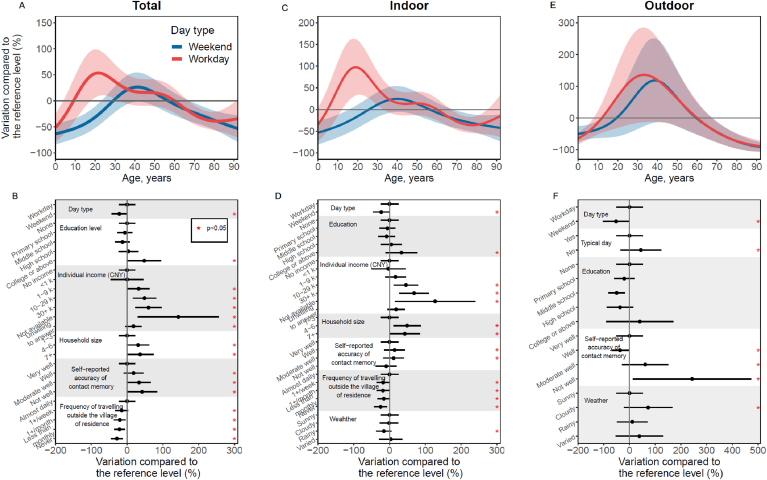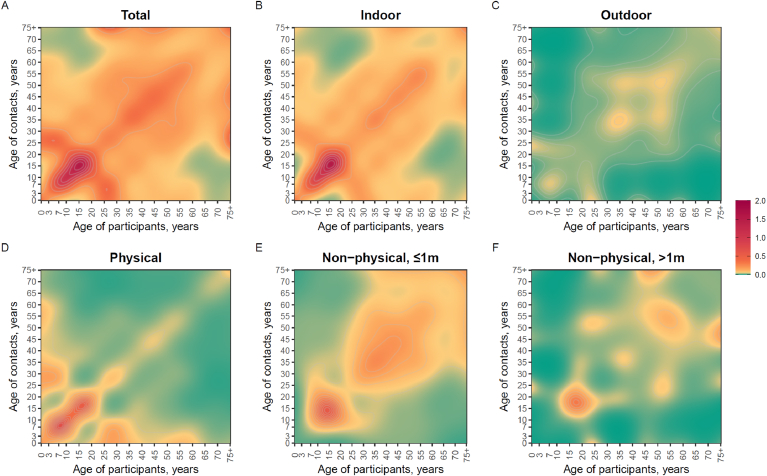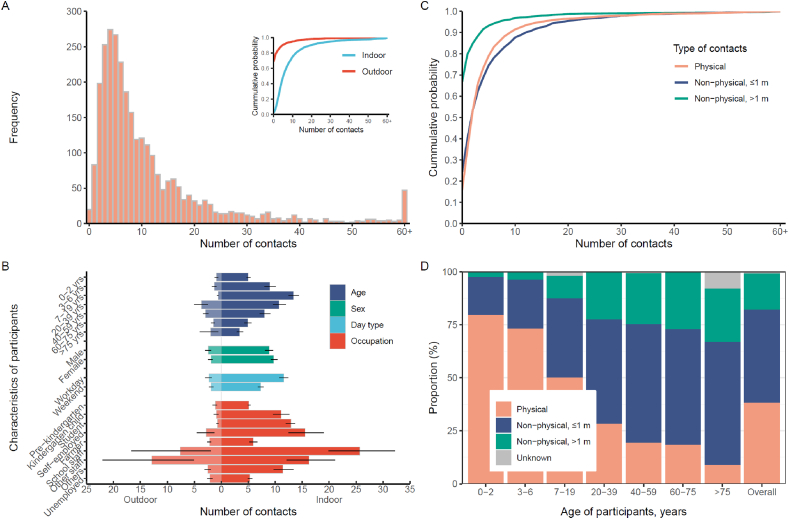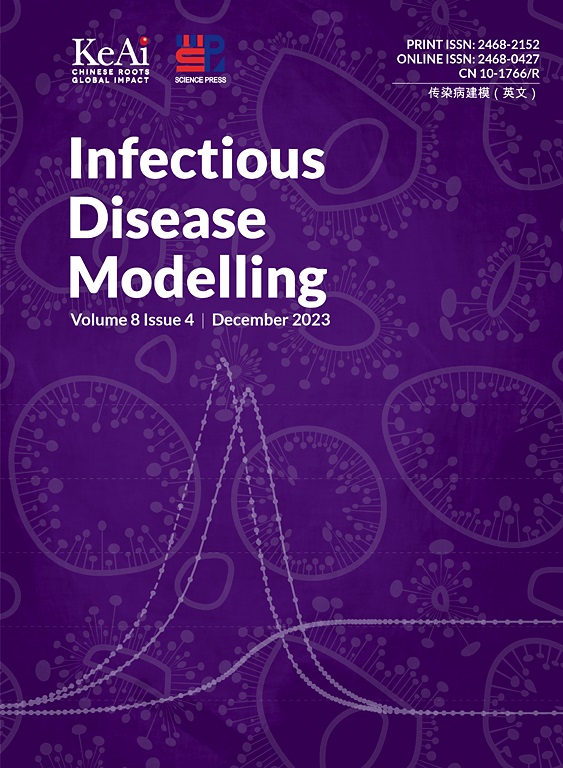Social contact patterns and their impact on the transmission of respiratory pathogens in rural China
IF 2.5
3区 医学
Q1 Medicine
引用次数: 0
Abstract
Introduction
Social contact patterns significantly influence the transmission dynamics of respiratory pathogens. Previous surveys have quantified human social contact patterns, yielding heterogeneous results across different locations. However, significant gaps remain in understanding social contact patterns in rural areas of China.
Methods
We conducted a pioneering study to quantify social contact patterns in Anhua County, Hunan Province, China, from June to October 2021, when there were minimal coronavirus disease-related restrictions in the area. Additionally, we simulated the epidemics under different assumptions regarding the relative transmission risks of various contact types (e.g., indoor versus outdoor, and physical versus non-physical).
Results
Participants reported an average of 12.0 contacts per day (95% confidence interval: 11.3–12.6), with a significantly higher number of indoor contacts compared to outdoor contacts. The number of contacts was associated with various socio-demographic characteristics, including age, education level, income, household size, and travel patterns. Contact patterns were assortative by age and varied based on the type of contact (e.g., physical versus non-physical). The reproduction number, daily incidence, and infection attack rate of simulated epidemics were remarkably stable.
Discussion
We found many intergenerational households and contacts that pose challenges in preventing and controlling infections among the elderly in rural China. Our study also underscores the importance of integrating various types of contact pattern data into epidemiological models and provides guidance to public health authorities and other major stakeholders in preparing and responding to infectious disease threats in rural China.



中国农村地区社会接触方式及其对呼吸道病原体传播的影响
社会接触方式显著影响呼吸道病原体的传播动态。以前的调查已经量化了人类的社会联系模式,在不同的地点产生了不同的结果。然而,在了解中国农村地区的社会联系模式方面仍存在重大差距。方法:我们开展了一项开创性的研究,量化了中国湖南省安化县2021年6月至10月期间的社会接触模式,当时该地区与冠状病毒相关的限制措施最少。此外,我们对不同接触类型(例如,室内与室外,身体与非身体接触)的相对传播风险进行了不同假设下的流行病模拟。结果:参与者报告平均每天接触12.0次(95%置信区间:11.3-12.6),与室外接触者相比,室内接触者的数量显著增加。接触人数与各种社会人口特征有关,包括年龄、教育水平、收入、家庭规模和旅行模式。接触模式按年龄分类,并根据接触类型(例如,身体与非身体)而变化。模拟流行病的繁殖数、日发病率和感染发生率均具有显著的稳定性。讨论:我们发现许多代际家庭和接触对中国农村老年人感染的预防和控制提出了挑战。我们的研究还强调了将各种类型的接触模式数据整合到流行病学模型中的重要性,并为公共卫生当局和其他主要利益相关者在准备和应对中国农村传染病威胁方面提供指导。
本文章由计算机程序翻译,如有差异,请以英文原文为准。
求助全文
约1分钟内获得全文
求助全文
来源期刊

Infectious Disease Modelling
Mathematics-Applied Mathematics
CiteScore
17.00
自引率
3.40%
发文量
73
审稿时长
17 weeks
期刊介绍:
Infectious Disease Modelling is an open access journal that undergoes peer-review. Its main objective is to facilitate research that combines mathematical modelling, retrieval and analysis of infection disease data, and public health decision support. The journal actively encourages original research that improves this interface, as well as review articles that highlight innovative methodologies relevant to data collection, informatics, and policy making in the field of public health.
 求助内容:
求助内容: 应助结果提醒方式:
应助结果提醒方式:


